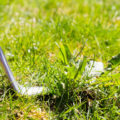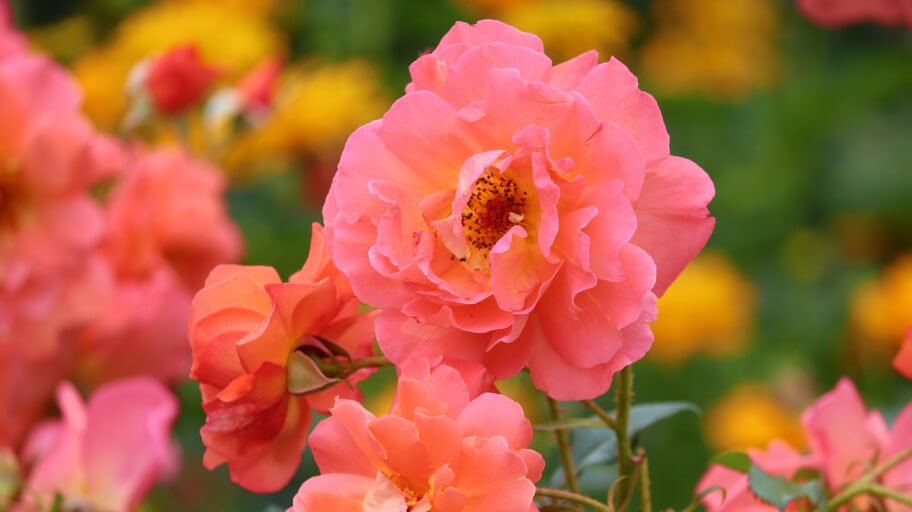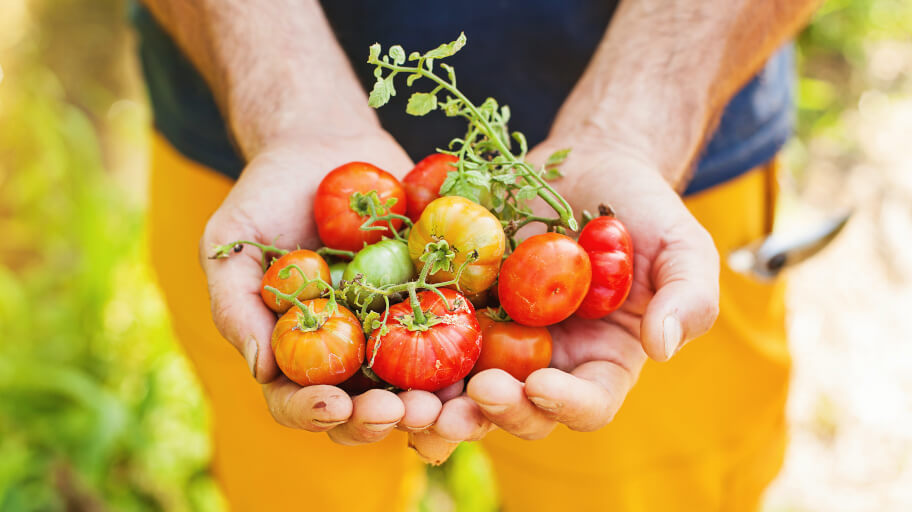
Good gardeners know that 90% of the success of their produce comes from the soil. While the care you take for your plants is important, you will have to put huge amounts of work in controlling and keeping the soil in proper growing condition. The perfect soil varies for the different plants you grow. Some plants like soil on the more acidic side, while others enjoy neutral or sweeter pH. But first, let’s talk about the essence of soil.
What is soil?
The soil is a living substance containing different elements whose interaction determines the health of the plants. Soil contains minerals, such as sand, silt and clay. The proportion of minerals in the soil determines the texture. It is the organic matter called humus that determines the soil’s fertility.
The hummus is constantly being regenerated by the living organisms, contained in the soil. The ground is full of microorganisms. The microorganisms facilitate the absorption of carbon in the soil, producing the polluting effects which contribute to climate change. By merging with roots, bacteria and fungi protect the plant from disease and provide it with water and all the nutrients it needs.
So, when you study the soil of your garden it’s helpful to grab a shovel and dig a hole. It needs to be big enough to reveal a vertical section of soil that ranges from the surface to the underlying rock – referred to as a soil profile.
The soil profile is somewhat like the soil’s fingerprint. It will differ from other soil samples based on factors like its colour, texture, structure and thickness, as well as, its chemical composition.
Each layer of a soil profile is referred to as a soil horizon. These horizons are identified by letters. Horizon “A” is the upper layer or the topsoil, which is closest to the surface. As you move deeper into the layers of the soil profile you have horizon “B” and “C”, giving us the three main horizons.
The importance of soil health
One gram of plant-covered soil contains about 1 billion bacteria from between 5 000 and 25 000 species. The other star of the soil is the earthworm, of which there are around 25 000 per hectare.
In one year several thousand tons of earth pass through the digestive tract of just a single earthworm. Worms also create tunnels, which help plants access the nutrients and speed up the absorption of water, which also prevents soil erosion.
Soil health has a direct impact on human health, so it’s important to take care of it well enough. Some effective ways to maintain good soil quality is through composting, practising crop rotation, fertilizing with green manure and by not harming its underground organisms by digging or ploughing it up.
Because if plants are deprived of natural nutrients, the fruits and vegetables that they produce will be of inferior quality, meaning they will be low in vitamins and central nutrients.
Types of soil
There are three basic types of soil – Sand, Silt and Clay, but most soils are composed of a combination of the different types. The mixture determines the texture of the soil, or in other words, how the soil looks and feels.
In addition to the three basic soil types, gardeners can benefit from peat and saline soils. And, of course, the loam soil, which we consider a type of soil, even though it is really a combination of sand, silt and clay. The soil that will fit best your needs is determined by the type of plants that you’re growing.
Sandy soil

Sandy soil is greyish-brown in colour. It is very dry, and it’s also one of the soil types that are hardest to grow in. It consists of small, weathered rocks and because of this, it can’t retain water well. Sand is fairly coarse and loose so water is able to drain through it easily. While this is good for drainage, it is not good for growing plants because the sandy soil will not hold water or nutrients.
In fact, sandy soil is used to improve the drainage for other soils. Sand warms up much quicker than other soil types and it can be used as a way to warm up the ground after winter.
Sandy Soil Characteristics
- Very dry.
- Grey/Brown in colour.
- Very hard to grow plant in it.
- Great for improving the drainage of your current soil.
Silty Soil
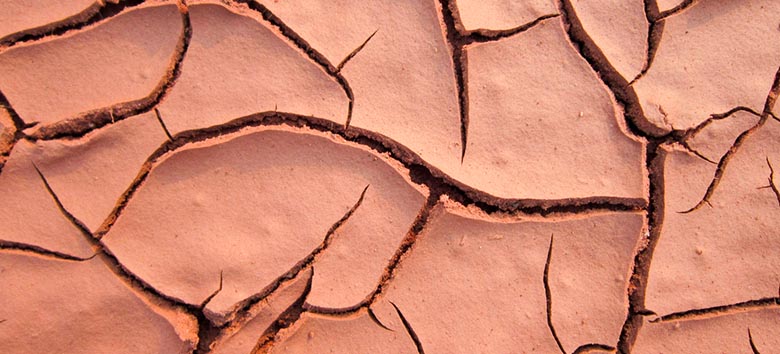
Silt is another type of soil, which is commonly found next to riverbeds. It’s transported by the moving currents of water, and it’s one of the most fertile natural types of soil out there. Silty soil retains water well and it’s even used to fertilize other types of soil.
Silt can be thought of as fine sand, and it will hold water better than sand. If you were to hold a handful of dry silt in your hand, it would feel almost like flour. If you add water to the silt in your hand, it would do a fair job of holding the water and feels slick and smooth.
This type of soil has a fine texture and fine quality. Because silt soil retains water so well the soil retains lower temperature year-round.
Silt Soil Characteristics
- One of the most fertile soils.
- Commonly found next to riverbeds.
- A fine type of soil.
- Retains water really well.
Clay soil

Clay soil is brown in colour. It has the finest particles among other soils. The downside of clay soils is that they retain too much water. Because of the dense and fine texture of clay, water can’t drain.
Clay is very fine-grained soil. Its particles are even smaller than silt, so there is very little space between the fine grains for air or water to circulate. Therefore, clay does not drain well or provide space for plant roots to flourish. Clay isn’t the best pick for farming. However, if you are potting, clay soil is the one to pick.
When moisture is added to clay, it can be moulded into shapes, such as a pottery bowl or a building brick.
Clay Soil Characteristics
- Retain too much water.
- Finest soil type.
- Too thick to grow plants in.
- Bad for drainage.
Peaty Soil
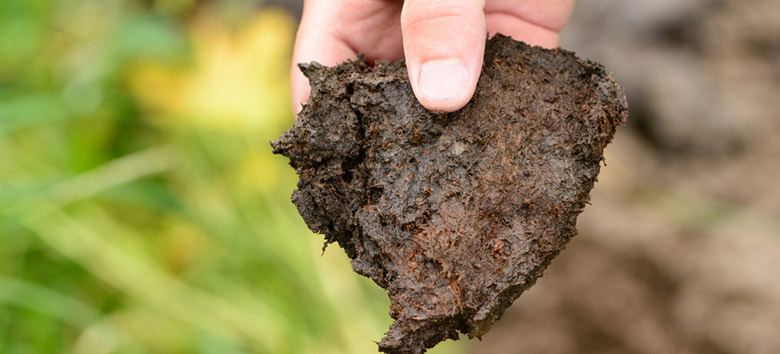
Peat is a type of soil, which is dark brown or black in colour. It contains acidic water, but it is used to regulate soil chemistry or pH levels, as well as an agent of disease control for the soil.
Peaty soil is soft and easily compressed because of its high water content. It is also rich in organic matter. Although peat soil tends to be heavily saturated with water, once drained, it turns into a good growing medium.
During the summer though, peat could be very dry and it can even become a fire hazard.
Peaty soil is desired because of its ability to hold water in during the dry months and its capacity to protect the roots from damage during the rainy season.
Peat Soil Characteristics
- Dark or black in colour.
- Used to regulate soil pH.
- More on the acidic side.
- Protects roots from damage during rains.
Saline Soil
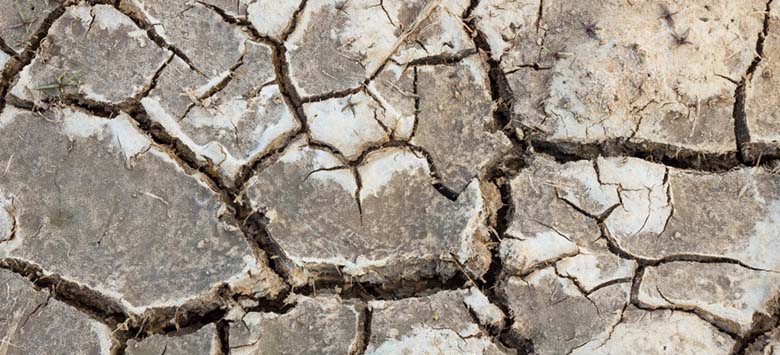
Saline soil can be found in extremely dry regions and is usually brackish because of its high salt content. The salinity is due to the buildup of soluble salts in the rhizosphere—high salt contents prevent water uptake by plants, leading to drought stress.
It can cause damage to the plants and stall plant growth, impede germination, and cause difficulties in irrigation.
It’s easy to test if you have saline soil. You’ll probably see a white layer coating the surface of the soil. As well as poorly growing plants and signs of leaf tip burn on young leaves.
- Found only in dry areas.
- High salt content.
- Can cause problems with growth and germination.
- Initial signs is leaf tip burn.
Loam Soil

The type of soil all gardens and gardeners love. Loam soil is a combination of the three basic soil types – sand, silt and clay, it also contains hummus. This soil has a higher pH and calcium levels because of its organic matter content.
The fertility of the loam soil will vary depending on how much of each component is present, but generally, if you are a gardener, this is the type of soil you want because loam retains moisture, but also allows for good drainage.
Loamy soils could be moulded into a ball, but the ball should easily crumble when disturbed.
This soil is the ideal material to work with, but you can’t have an even amount of all present particles. So don’t despair if you don’t have it in your garden. There are many ways to condition your soil—adding beneficial soil inoculants, covering your soil with compost, or simply spraying leaves and soil with compost tea.
- Fertile soil appropriate for produce.
- Mix of all other soils.
- Has higher pH and calcium levels.
How to determine the type of a soil?
To find out what soil type you’re working with there is a simple test you can try in your home. Here are the instructions:
- Take a small sample from your garden.
- Remove any roots, stones and debris from the soil sample.
- Place the sample in a small jar.
- Add a pinch of salt or 1 teaspoon of liquid dish detergent to help the soil particles separate.
- Shake vigorously and let the soil settle overnight.
- Check the jar on the next day, you should be able to see distinct soil layers.
- Keep in mind that sand stays at the bottom, clay at the top and silt in between. Their percentage will tell you which is the soil type you have.


